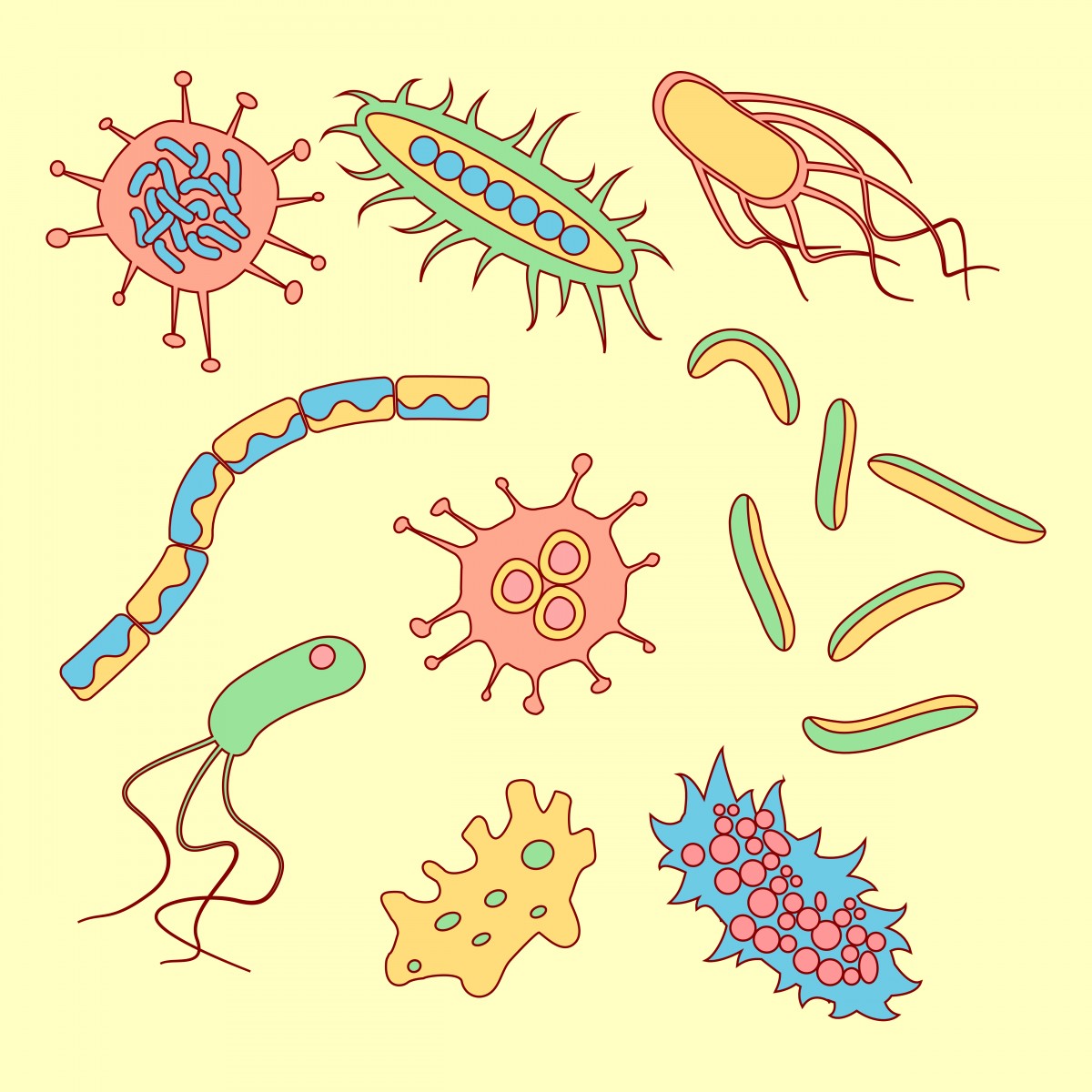Changes in Gut Microbiota Can Aid Liver and Work to Counter Obesity, Mouse Study Shows
Written by |

Dysbiosis, an imbalance in the proportion and activity of bacterial groups of the gut microbiota, can actually aid in liver metabolism and protect the body against diseases that include obesity, new research shows.
The study, ”Transfer of dysbiotic gut microbiota has beneficial effects on host liver metabolism,” appeared in the journal Molecular Systems Biology.
The gut microbiota are commonly referred as the “hidden” human metabolic organ, due to its role in regulating metabolism and the immune system. Dysbiosis can be caused by an unhealthy diet and is implicated in multiple diseases, including type 2 diabetes and obesity. Moreover, dysbiosis can impact the liver by inducing hepatic steatosis (accumulation of fat in the liver), a common feature of metabolic syndrome.
Previous studies addressing the effects of dysbiosis typically involve transfer of dysbiotic bacteria to mice that do not have any microbiota (axenic mice), which may impact the outcome. For example, transfer of microorganisms from the gut of obese mice to axenic mice would increase their total body fat, indicating that microbiota is a factor in the development of obesity.
The research team led by Matteo Serino, PhD, from the Université Paul Sabatier in Toulouse, France, reasoned that axenic mice cannot deal with dysbiotic microbiota due to an impaired gut barrier, which favors an uncontrolled spread of bacteria in the body, and disrupted development of the immune system. Therefore, to prevent the issues reported from axenic mice, the scientists used normal, healthy mice, which had not received antibiotics to eliminate their microbiota.
High-fat diet can increase the production of glucose in the liver and eventually lead to metabolic disease. However, the researchers found that transfering dysbiotic microbiota from mice fed a high-fat diet to healthy mice induced a reduction, rather than an increase, of glucose production in the liver. Similar effects were observed when the research team used microbiota from genetically obese mice.
Previous work by the same research team showed that microbial sensor NOD2 mediates the onset of metabolic diseases in mice. Interestingly, the beneficial effects of dysbiotic bacteria were blunted in NOD2-knock-out mice — mice lacking the NOD2 gene. These results show that dysbiotic microbiota counter the metabolic effect of high-fat diet and may protect the host.
In parallel, transfer of gut microbiota from healthy mice slightly affected both the gut microbiota composition and related bacterial metabolic functions of recipient mice. But these mice did not show altered markers of glucose production in the liver on a normal diet.
Furthermore, healthy mice received dysbiotic microbiota from obese mice and were subsequently put on a high-fat diet. While mice fed a high-fat diet usually experience weight gain, the body mass of these mice did not change. In addition, their adipose tissue showed smaller fat cells, consistent with increased plasma-free fatty acids – one of the parameters of lipid metabolism in obesity.
Overall, the study shows that dysbiosis may have beneficial effects on liver metabolism and metabolic disease as long as the gut barrier remains intact and the immune system is functional. “Our observation may encourage a new debate on the role of gut microbiota dysbiosis in the induction of metabolic diseases,” Serino said in a press release.






